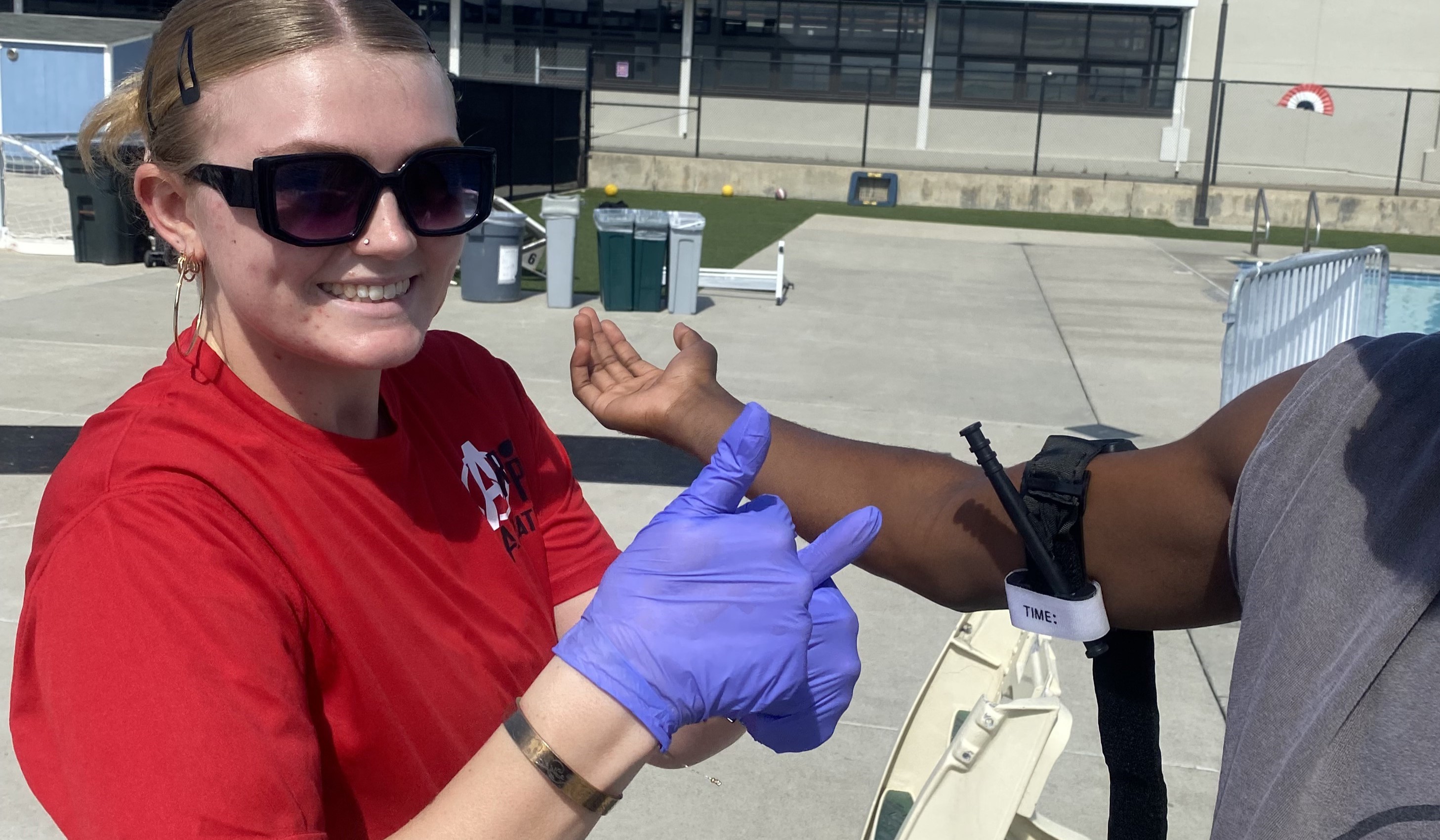After exploring the matter for four years, a committee of the organization that writes the Model Aquatic Health Code has established a new position on appropriate levels of cyanuric acid (CYA) in pools.
As with the industry in general, the Council for the Model Aquatic Health Code has wrestled with the double-edged sword of CYA: Long considered invaluable for its ability to prolong the availability of chlorine after dosing, it also decreases the sanitizer’s ability to eradicate pathogens because of the very process that helps it do its job. By binding with chlorine, CYA prevents the sanitizer from burning off almost immediately. But that means that, at any given time, a portion of the chlorine isn’t working.
As awareness and concern have increased over waterborne illnesses, CMAHC members have worried about how CYA affects chlorine’s ability to kill pathogens, especially resistant varieties such as cryptosporidium. So the group formed the CMAHC Cyanurate Ad Hoc Committee specifically to address this issue and help steer future versions of the MAHC. The group sought to determine the minimum free chlorine level needed to combat the spreading of gastrointestinal illnesses from fecal matter in water.
After a lengthy process, the committee is recommending that CYA levels be determined not by a straight-ahead parts-per-million (ppm) parameter, but rather by calculating the ratio of CYA to free chlorine. “It’s a ppm-to-ppm ratio,” explained Ellen Meyer, a member of the CMAHC committee and product safety and government affairs manager for Innovative Water Care. “So if you have 90 ppm of CYA and 2 ppm of free chlorine, then that ratio is 45 to 1.”
This, the group believes, puts the focus on determining levels of hypochlorous acid (HOCl), the primary chlorine sanitizer.
The group suggests a maximum cyanuric acid:free chlorine ratio of 20:1, which would translate into 40 ppm of CYA to 2 ppm of free chlorine.
Determining this would require taking readings for free chlorine and CYA and calculating the ratio to make sure the water falls in the target range. This helps control the amount of HOCl in the water, rather than putting the emphasis on CYA.
“It’s been a controversial issue for decades, and I think it will continue to be a controversial issue,” Meyer said. “But I think the work our committee did was key in helping to add science to the arguments and provide a basis for evaluating what is the risk of illness with different levels of CYA.”
While many likely will believe the change will help increase the efficacy of chlorine, others may experience difficulty with the new process. In her dealings with aquatics professionals across the country, Meyer has seen that some are more accustomed than others to performing calculations such as those needed to determine the CYA:free chlorine ratio.
Manufacturers also differ in their beliefs about appropriate CYA levels, so some may object to the CMAHC’s position.
The committee plans to propose its recommendation for the 2021 next edition of the Model Aquatic Health Code. For this to occur, the majority of CMAHC would have to vote it in during the ballotting process next year.
If passed, the change would take effect in those jurisdictions that would choose to adopt the 2021 MAHC.



